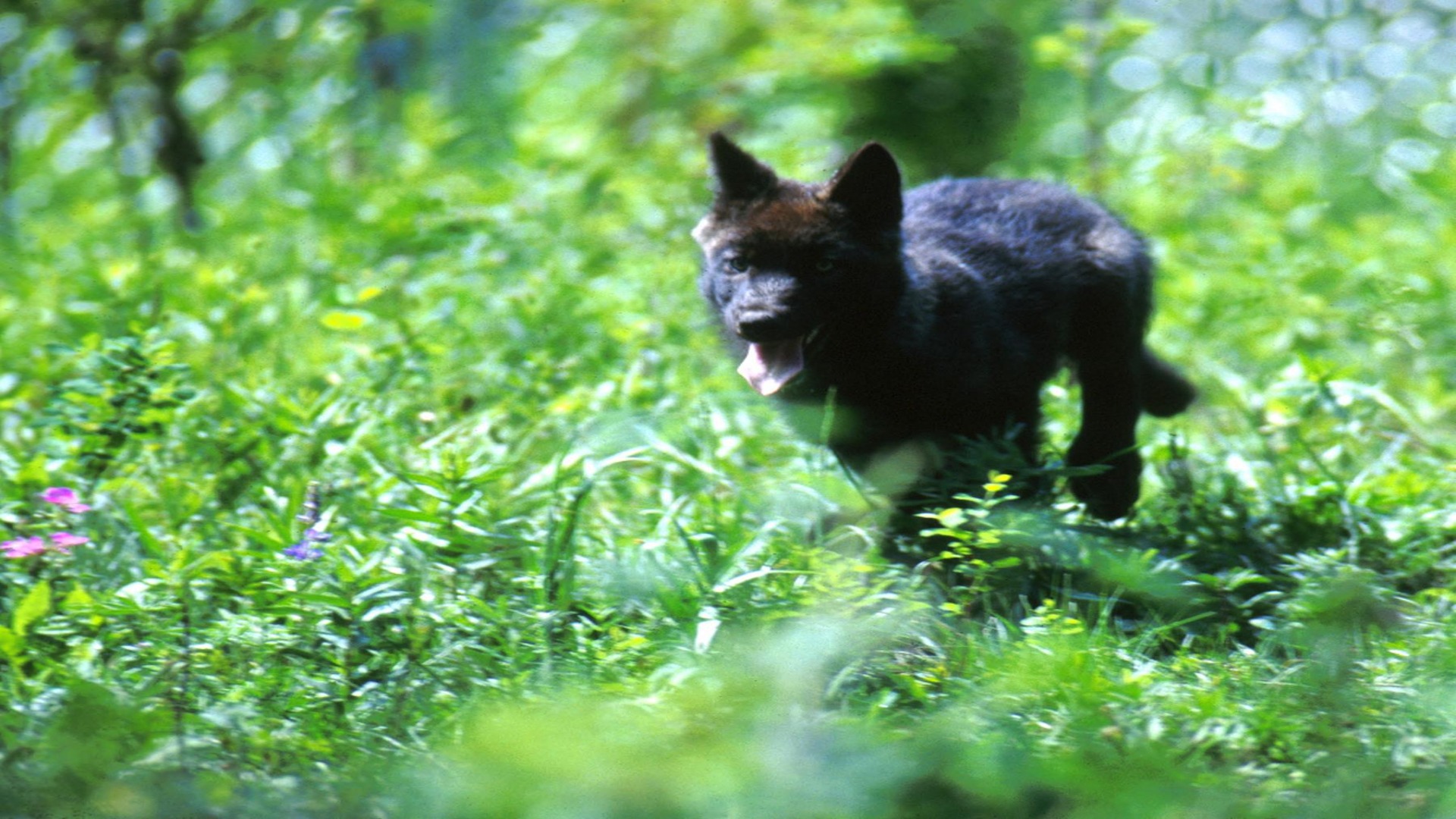In the vast wilderness of Yellowstone National Park, a remarkable ecological story has unfolded over the past few decades—one that has forever changed our understanding of ecosystem management and trophic cascades. After a 70-year absence, gray wolves were reintroduced to Yellowstone in 1995, setting in motion a series of ecological changes that scientists continue to study today.
This story of revival and balance showcases nature’s intricate interconnectedness and demonstrates how a single apex predator can transform an entire landscape. The return of wolves to Yellowstone represents one of the most significant and successful wildlife restoration efforts in American history, providing a living laboratory for understanding how predators influence ecosystems from the top down.
The History of Wolves in Yellowstone

Wolves once roamed freely throughout Yellowstone, serving as the park’s apex predator until the early 20th century. Between 1914 and 1926, government predator control programs systematically eliminated wolves from the Yellowstone region, with the last wolf pack being killed in 1926. For seven decades, the ecosystem functioned without its top predator, leading to significant ecological imbalances.
Elk populations exploded without their natural predator, resulting in overgrazing of vegetation and deterioration of various habitats within the park. After years of debate and environmental impact studies, wolves were finally reintroduced to Yellowstone in 1995 and 1996, when 31 gray wolves from Canada were released into the park, marking the beginning of one of nature’s most fascinating restoration stories.
Understanding Trophic Cascades
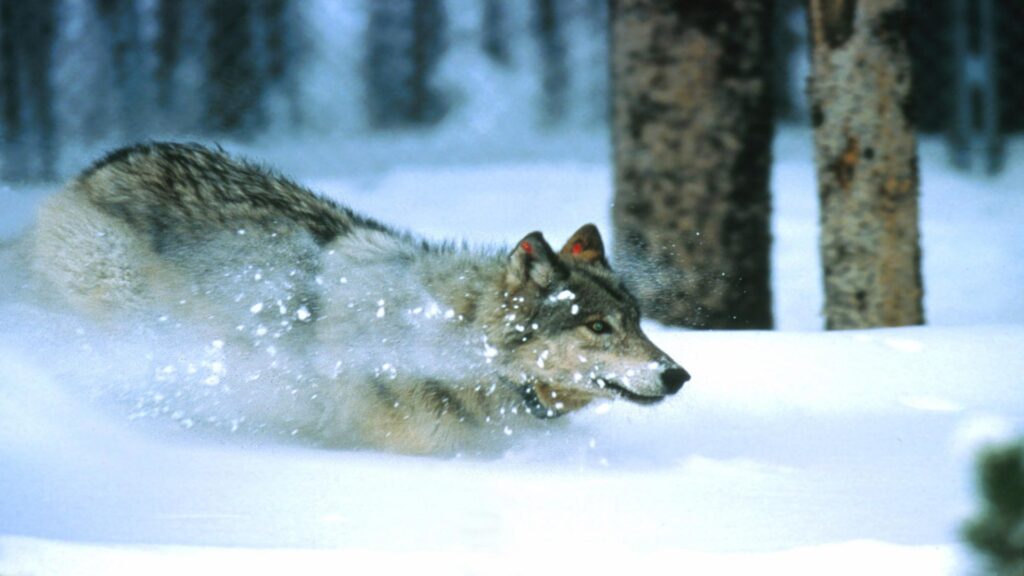
The concept of trophic cascades is central to understanding the wolf’s impact on Yellowstone. A trophic cascade occurs when changes at the top of the food chain cause effects that ripple throughout the ecosystem, affecting organisms at multiple levels. When wolves were reintroduced to Yellowstone, they didn’t just reduce elk numbers through predation; they fundamentally altered elk behavior. Elk began avoiding certain areas where they were vulnerable to wolf attacks, particularly river valleys and gorges.
This behavioral shift allowed previously overgrazed vegetation to recover in these areas, initiating a cascade of ecological changes. The Yellowstone wolf reintroduction has become the textbook example of trophic cascades in action, demonstrating how predators can indirectly benefit many other species throughout the ecosystem.
Controlling Elk Populations
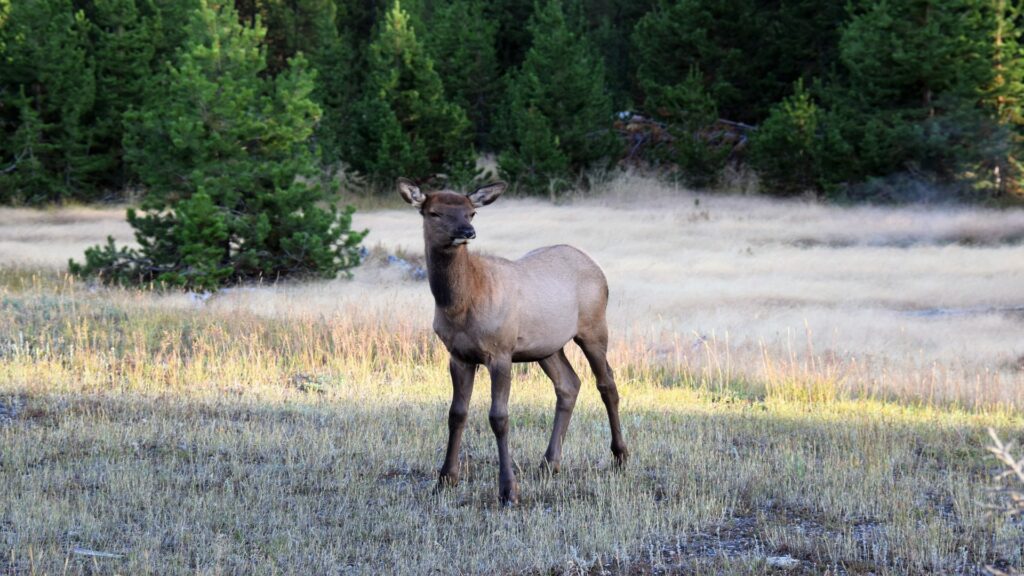
The most immediate impact of wolf reintroduction was on Yellowstone’s elk population, which had grown to unsustainable levels in the predator’s absence. Before wolves returned, Yellowstone’s Northern Range elk herd numbered approximately 19,000, well beyond what the habitat could sustainably support. Wolves began naturally culling this population, primarily targeting the old, sick, and young elk—a selective pressure that had been absent for decades.
Within several years of wolf reintroduction, elk numbers declined to a more balanced population of around 6,000-8,000, much closer to the historical norm. This reduction helped prevent overgrazing and allowed vegetation communities throughout the park to begin recovering from decades of excessive browsing pressure.
Revitalizing Riparian Areas
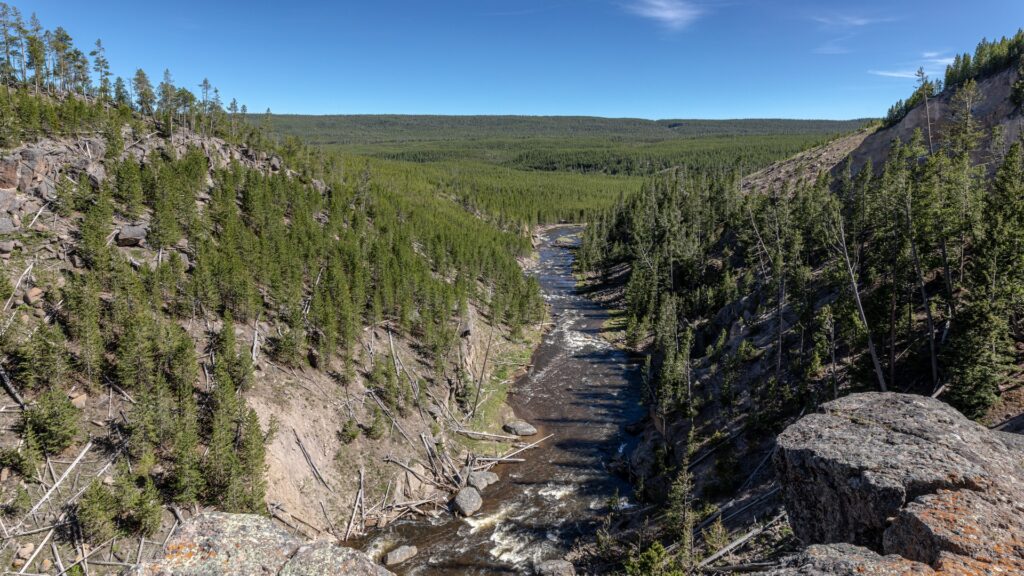
Perhaps the most visible transformation occurred in Yellowstone’s riparian zones—the areas alongside streams and rivers. Prior to wolf reintroduction, these areas were heavily overgrazed by elk, leaving streambanks eroded and young trees unable to mature. When wolves returned, elk began avoiding these areas, which offered limited escape routes and made them vulnerable to predation. Freed from constant browsing pressure, willow, aspen, and cottonwood trees experienced remarkable regeneration along streams and rivers.
In some areas, young trees grew five times taller in just a few years after wolf reintroduction. These recovering riparian zones stabilized streambanks, provided shade that cooled water temperatures, and created habitat for countless other species, demonstrating how wolves indirectly benefit aquatic ecosystems.
The Aspen and Willow Resurgence
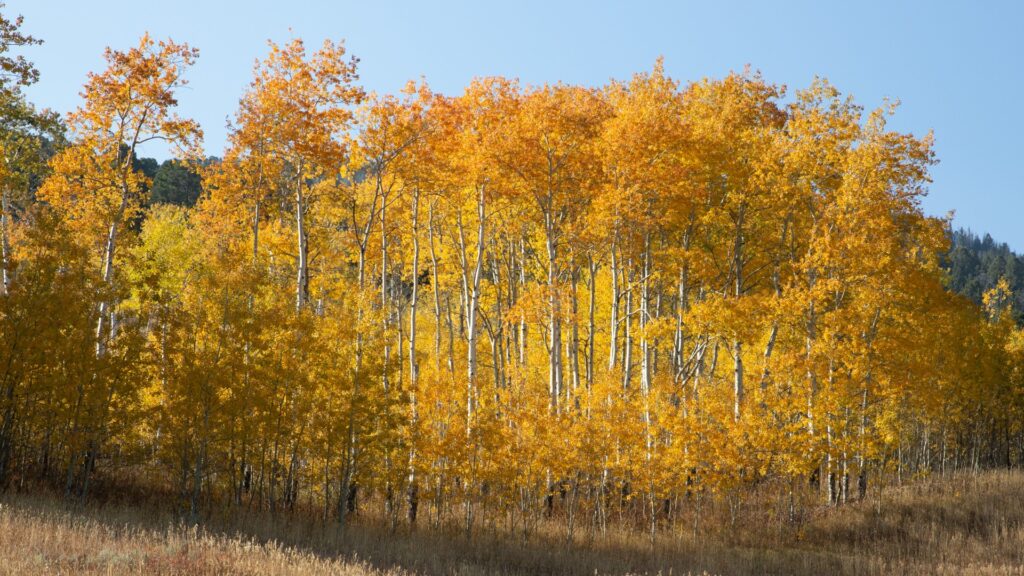
The recovery of aspen and willow communities represents one of the most celebrated aspects of wolf-driven ecosystem changes in Yellowstone. For decades, these trees struggled to regenerate as elk consistently browsed young shoots before they could grow tall enough to escape herbivory. Following wolf reintroduction, researchers documented significant increases in the height, cover, and recruitment of young aspen and willow trees in many parts of the park.
This regeneration didn’t occur uniformly throughout Yellowstone but was concentrated in areas where wolves created what ecologists call a “landscape of fear”—places where elk perceive a higher risk of predation. The resulting patches of recovering vegetation created a more diverse habitat mosaic throughout the park, benefiting numerous plant and animal species that depend on these woodland communities.
Beaver Comeback and Watershed Benefits
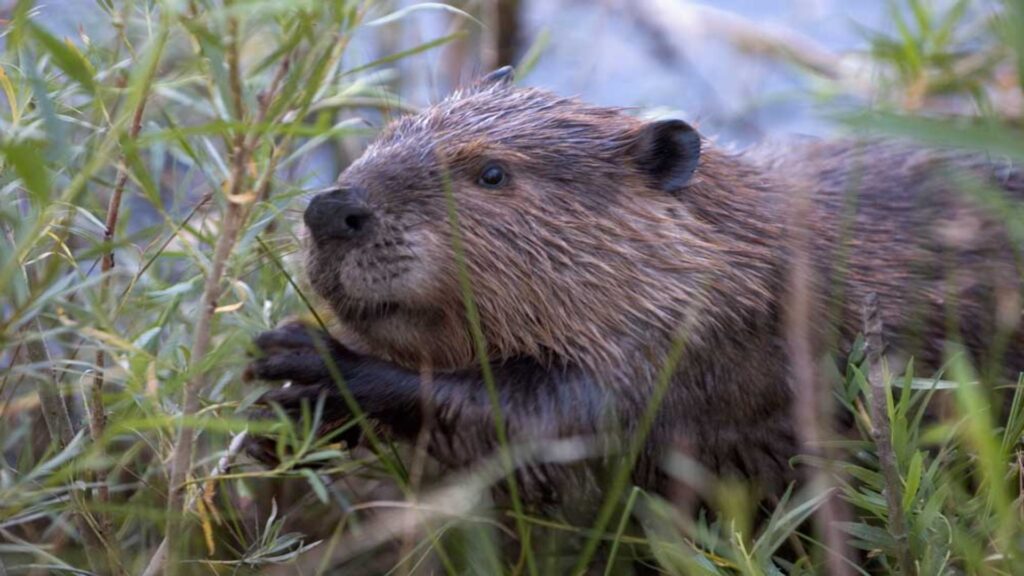
The recovery of streamside vegetation triggered another remarkable ecological development: the return of beavers to areas where they had long been absent. As willows and other preferred beaver food sources rebounded along waterways, beaver colonies expanded throughout the park, from just one colony in 1996 to over a dozen within twenty years after wolf reintroduction. Beavers are ecosystem engineers whose dams create wetlands, slow water flow, reduce erosion, and raise water tables.
The ponds created by beaver dams provide habitat for fish, amphibians, and waterfowl while improving water quality downstream. This beaver resurgence demonstrates how the presence of wolves can initiate positive feedback loops that enhance biodiversity and ecosystem function across multiple trophic levels.
Impacts on Small Mammal Communities
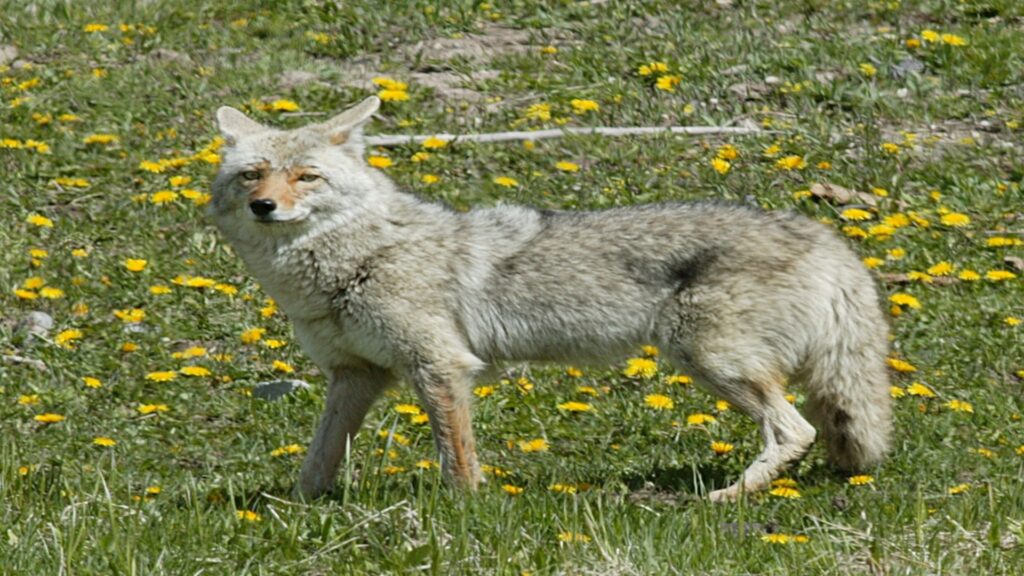
The ecological changes triggered by wolves extended to small mammal populations throughout Yellowstone. As vegetation recovered in previously overgrazed areas, ground-nesting birds found more concealment from predators, and small rodent populations increased with improved habitat quality. Research has shown that areas with wolf presence tend to have greater small mammal diversity compared to areas without wolves.
These small mammals serve as prey for a wide range of predators, including foxes, coyotes, and raptors, creating additional trophic benefits throughout the food web. The increasing complexity of vegetation structure also created more microhabitats for insects, amphibians, and reptiles, contributing to overall biodiversity improvements throughout the ecosystem.
Scavenger Benefits
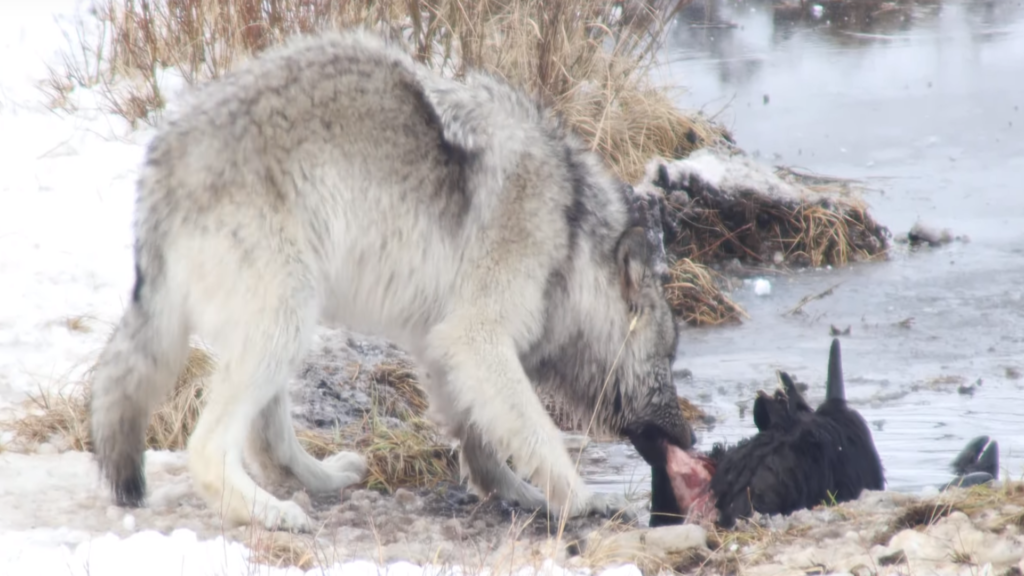
Wolf kills provide crucial food sources for Yellowstone’s scavenger community, creating another important ecological connection. After wolves make a kill, numerous species, including ravens, magpies, bald eagles, golden eagles, and grizzly bears, converge to feed on the remains. Research has documented that a single wolf kill can feed up to 30 different species. Before wolf reintroduction, winter carrion was primarily available from winterkill, when weak animals died from starvation or exposure.
Wolves now provide a more consistent source of carrion throughout the year, helping scavenger populations survive during critical periods. This redistribution of nutrients through carrion represents an important ecosystem service that impacts everything from soil fertility to the survival rates of threatened scavenger species.
Regulating Mesopredator Populations
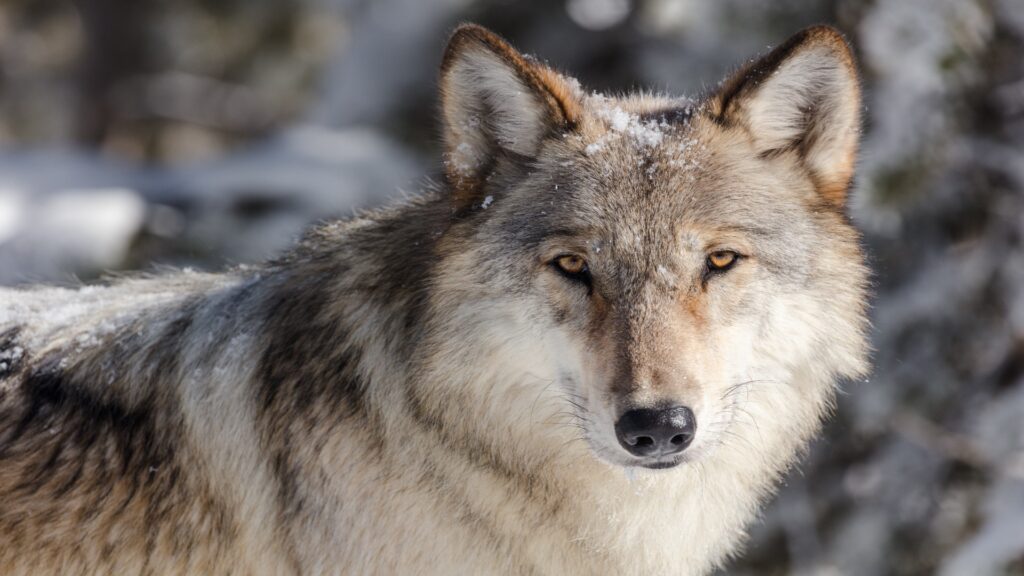
The return of wolves initiated important changes in Yellowstone’s predator community beyond their direct impact on elk. Wolves compete with and sometimes kill other predators such as coyotes, leading to what ecologists call “mesopredator release.” After wolf reintroduction, Yellowstone’s coyote population declined by approximately 50 percent in core wolf territories. With fewer coyotes, populations of small mammals that coyotes prey upon—including voles, mice, and rabbits—increased in some areas.
This predator regulation benefits other species as well; for instance, pronghorn fawn survival rates improved in areas with wolf presence due to reduced coyote predation. These complex interactions highlight how apex predators like wolves maintain balance throughout the entire predator-prey community.
Changing the Physical Landscape
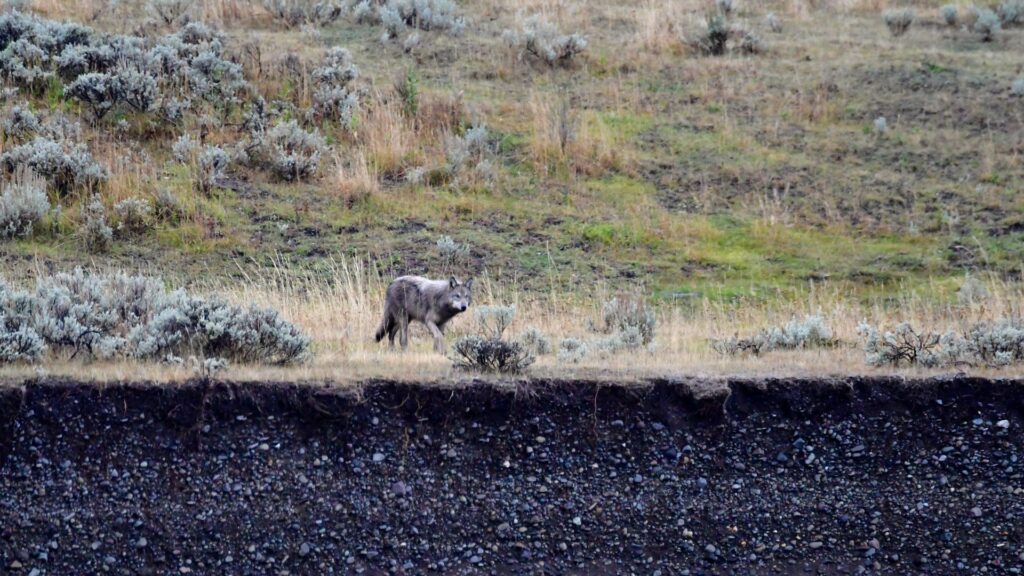
Perhaps most remarkably, wolves have contributed to changes in the actual physical geography of Yellowstone. As riparian vegetation recovered and beaver populations increased, stream morphology began changing throughout the park. Reduced erosion, more stable banks, and beaver dams altered waterways from wide, shallow channels to deeper, more complex stream systems. These geomorphological changes improved habitat for fish, including native cutthroat trout, and enhanced water quality throughout the watershed.
Some researchers have even suggested that by reducing streambank erosion and stabilizing channels, wolves indirectly influence water chemistry and nutrient cycling in aquatic systems. These changes demonstrate how biological processes can shape the physical environment, creating feedback loops that enhance ecosystem resilience.
Scientific Debate and Ongoing Research
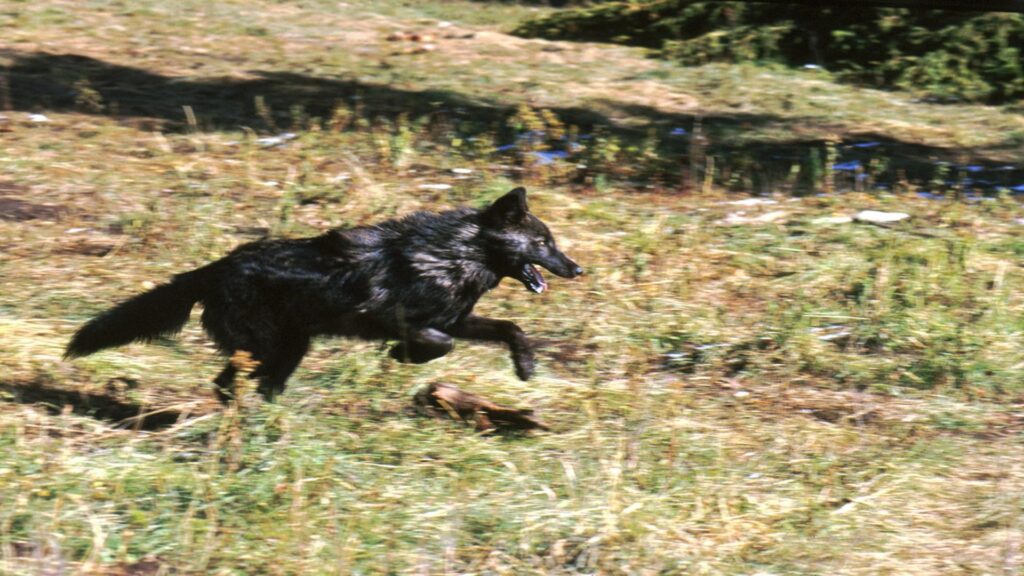
While the positive impacts of wolf reintroduction are well-documented, scientists continue to debate the exact mechanisms and extent of wolf-driven trophic cascades in Yellowstone. Some researchers question whether wolves alone are responsible for all observed changes, pointing to factors like climate change, precipitation patterns, and the effects of other predators such as bears. Long-term monitoring programs track wolf populations, prey dynamics, vegetation changes, and riparian recovery throughout the Greater Yellowstone Ecosystem.
This ongoing research helps clarify cause-and-effect relationships in this complex system. The scientific debate surrounding Yellowstone’s wolves reminds us that ecosystems are influenced by multiple interacting factors, and attributing changes to a single species requires careful, long-term study.
Economic and Tourism Benefits
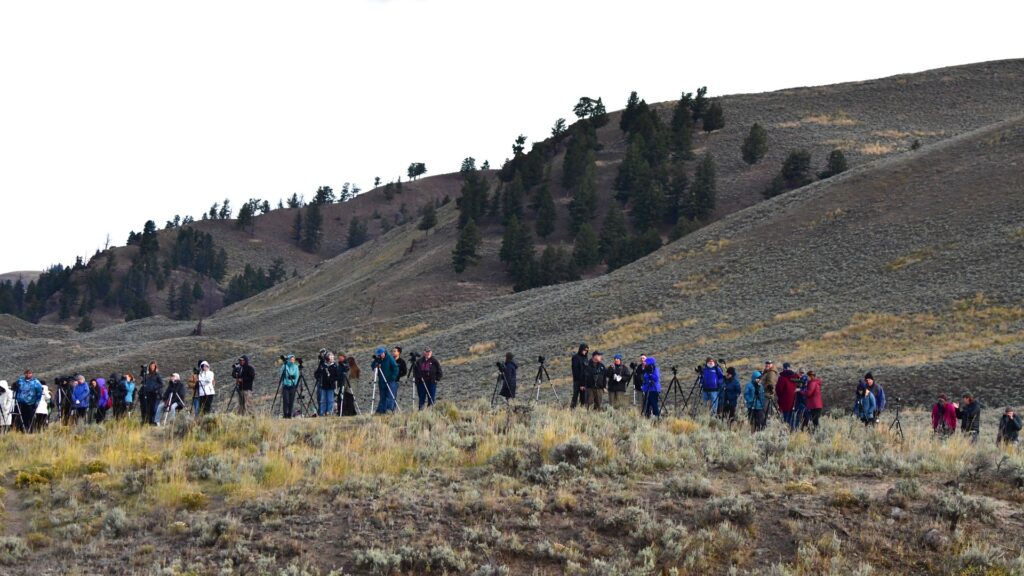
Beyond their ecological importance, wolves have become a significant economic asset for communities surrounding Yellowstone National Park. Wolf watching generates an estimated $35 million annually for local economies as wildlife enthusiasts from around the world visit specifically to glimpse these apex predators. The Lamar Valley in Yellowstone’s northern range has been nicknamed “America’s Serengeti” for its exceptional wildlife viewing opportunities, with wolves being among the most sought-after sightings.
This economic incentive has helped shift local perspectives on wolves from seeing them solely as competitors for game animals to recognizing their value in a tourism-based economy. The economic benefits of wolf tourism demonstrate how conservation can align with economic development in rural communities.
Lessons for Ecosystem Management
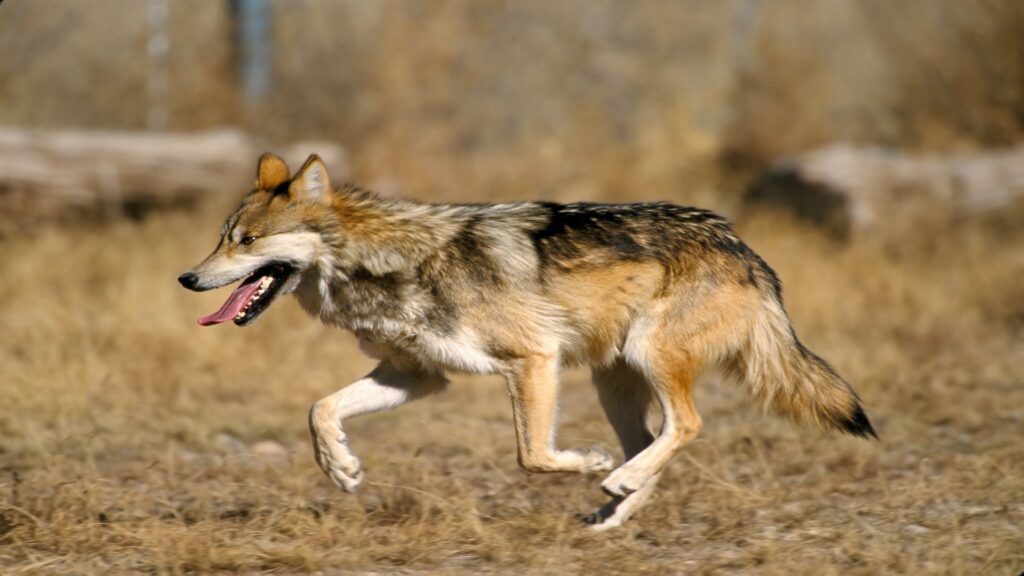
The Yellowstone wolf reintroduction offers profound lessons for ecosystem management worldwide. It demonstrates the importance of considering trophic completeness—having all levels of the food web present—when managing natural systems. Traditional conservation often focused on protecting individual species rather than restoring ecological processes, but Yellowstone’s experience suggests that reestablishing these processes may be equally important.
Many conservation projects now consider reintroducing apex predators as a tool for ecosystem restoration. From efforts to restore jaguars in Latin America to proposals for wolf reintroduction in Scotland, Yellowstone’s lessons are influencing conservation thinking globally. The success story of Yellowstone’s wolves reminds us that sometimes the most effective management approach is to restore key species and then allow natural processes to unfold.
Conclusion
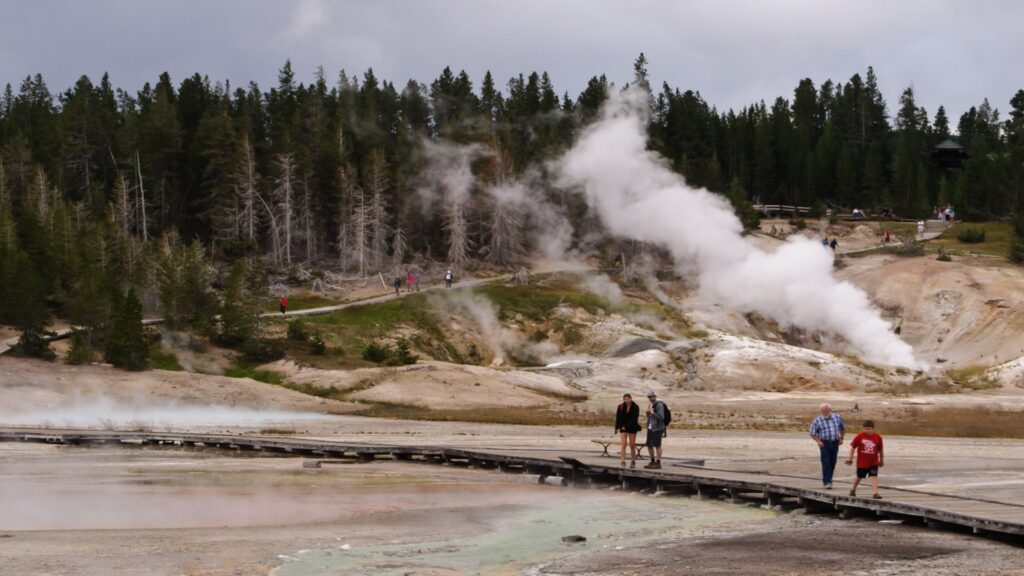
The reintroduction of wolves to Yellowstone National Park stands as a powerful testament to nature’s resilience and interconnectedness. From controlling elk populations to revitalizing plant communities, creating habitat for beavers, and even reshaping physical landscapes, wolves have triggered cascading ecological benefits throughout the ecosystem. While debate continues about the precise mechanisms and extent of these impacts, the overall positive influence of wolves on Yellowstone’s ecological health is undeniable.
As we face global biodiversity challenges, the Yellowstone wolf story offers hope and practical guidance for ecosystem restoration efforts worldwide. It reminds us that nature, when given the right pieces, has a remarkable capacity for self-regulation and renewal—and that sometimes, the most profound changes begin with the return of a single missing species.

